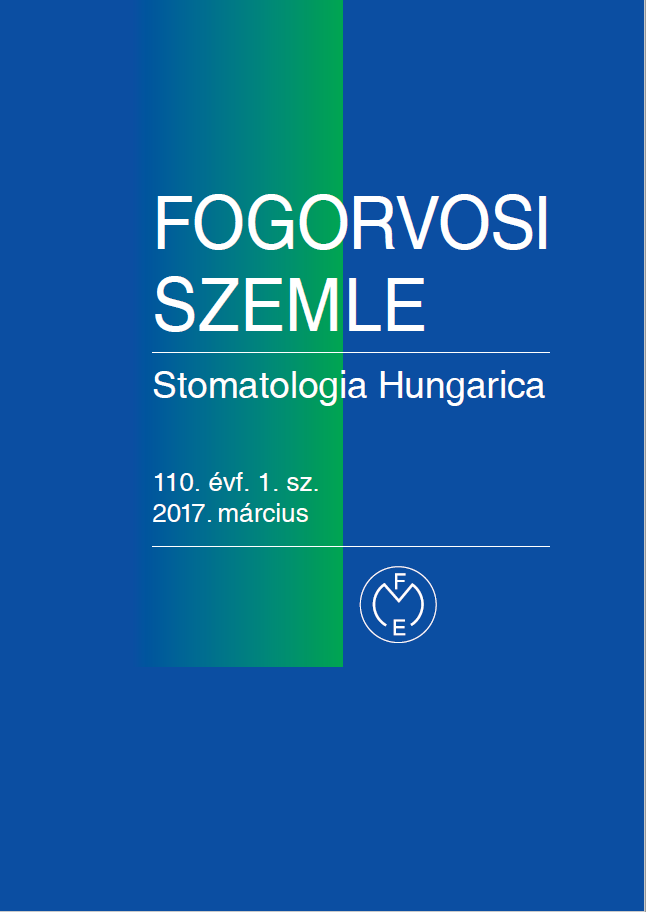Diagnostic problems of the mucormycosis of the maxillary sinus
Case presentation
Abstract
Mucormycosis is a fulminant opportunistic infection with significant mortality in susceptible individuals. Although mortality
rates vary widely (30 to 100%) according to professional literature, recently in instances with no central nervous system
(CNS) involvement the survival rate averages varies between 50 and 80% owing to complex therapy. With CNS involvement,
however, the fatality rate is over 80%. Predisposing diseases include diabetes mellitus, malnutrition, hematological
diseases, neutropenia, burns, surgical procedures, antibiotic treatments, long-term steroid therapy and immunosuppressive
therapy. Mucormycosis may at times arise even in immunocompetent individuals. It has diverse clinical forms
with the most frequent forms being rhino-maxillary and rhino-oculocerebral (the latter of which is characterized by a high
mortality rate). They mainly enter the body through inhalation, with saprophytic mucor species often demonstrable in the
upper respiratory tracts, which are nevertheless non-pathogenic in most healthy individuals. The spores may also enter
percutaneously through traumas, skin lesions, insect bites, or injections (e.g. through intravenous drug use), as well as
via the alimentary tract with contaminated foodstuff. The prognosis can be improved by a quick establishment of the diagnosis,
the quick initiation of the therapy and treatment of the underlying disease. Although first and foremost the recognition
and treatment of the disease does not rest with dentists and oral surgeons, in order to localize the disease it is
important to examine it from a differential diagnostic point of view and interdisciplinary cooperation may also be required
in a complex treatment. Our aim is to introduce mucormycosis in our case report study.
Copyright (c) 2021 Authors

This work is licensed under a Creative Commons Attribution 4.0 International License.


.png)




1.png)



